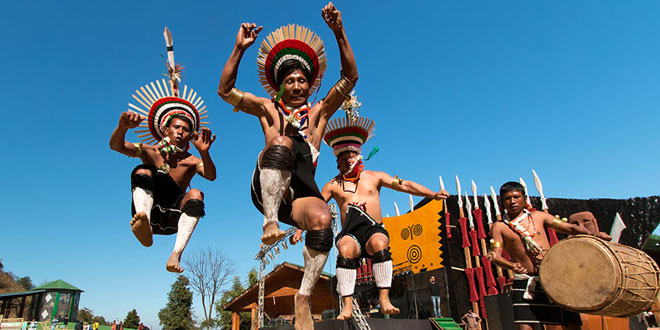Question: What problem did the British face after they brought changes in forest laws? How did they solve this problem?
Answer: The British stopped the tribal people from living inside forests by introducing some changes in forest laws. This created a problem. They lost labour force because most of the Jhum cultivators moved to other areas in search of work. Who would cut trees for railway sleepers and transport logs? Colonial officials solved this problem by giving Jhum cultivators small patches of land in the forests and allowing them to cultivate these on the condition that these who lived in villages would have to provide labour to the Forest Department and look after the forests. The Forest Department established forest villages in many regions to ensure a regular supply of cheap labour.
Question: Give a brief history of the revolts by different tribal groups in the country.
Answer: Several tribal groups in different parts of the country were unhappy with the changes they were experiencing and the problems they were facing under the British rule. Finally, they rebelled against the changes in laws, the restrictions on their practices, the new taxes they had to pay, and the exploitation by traders and moneylenders.
- The Kols rebelled in 1831-32.
- The Santhals rose in revolt in 1855.
- The Bastar Rebellion in central India broke out in 1910.
- The Warli Revolt in Maharashtra in 1940.
- Birsa Munda also led one such movement.
Question: How did Birsa resume his movement after his release in 1897?
Answer: Birsa was released in 1897. Now he began touring the villages to gather support. He used traditional symbols and language to rouse people, urging them to destroy dikus and the Europeans and establish a kingdom under his leadership. Birsa’s followers began targeting the symbols of dikus and European power. They attacked police stations and churches and raided the property of moneylenders and zamindars. They raised the white flag as a symbol of Birsa Raj.
Question: In what ways was the Birsa movement significant?
Answer: The Birsa movement was significant in two ways:
- It forced the colonial government to introduce laws so that the land of the tribal could not easily be taken over by dikus.
- It showed once again that the tribal people had the capacity to protest against injustice and express their anger against colonial rule. They did this in their own specific way, inventing their own rituals and symbols of struggle.
Question: How did different tribal groups live? Describe in brief.
Answer: Tribal people were involved in many different types of activities:
- Some tribal people practiced Jhum cultivation also known as shifting cultivation. This was done on small patches of land, mostly in forests. The cultivators cleared off small patches of land. They then burnt the vegetation and spread the ash from the firing, which contained potash to fertilize the soil. They used equipment like axe and hoe for preparing the soil for cultivation. Then they scattered the seeds on the field. Once the crop was ready, and harvested, they moved to another field. Shifting cultivators were found in the hilly and forested tracts of north-east and central India.
- Some tribal groups were engaged in hunting animals and gathering forest produce, hence known as “hunter-gatherers”. They saw forests as essential for survival. The Khonds were such a community living in the forests of Orissa. They regularly went out on collective hunts and then divided the meat amongst themselves. They ate fruits and roots and cooked food with the oil they extracted from the seeds of the sal and mahua. They got rice and other grains in return for their valuable forest produce. Sometimes they did odd jobs in the villages like carrying loads, etc.
- Some tribal groups lived by herding and rearing animals. They were pastoralists who moved with their herds of cattle or sheep according to the seasons. For examples, the Vicm Gujjars of Punjab hills, and the Labadis of Andhra Pradesh were cattle herders, the Gaddis of Kulu were shepherds and the Bakarwals of Kashmir reared goats.
- Some tribal community took to settled cultivation. They cultivated their fields in one place year after year, instead of moving from place to place. They began to use the plough and gradually got rights over the land they lived on.
 Class Notes NCERT Solutions for CBSE Students
Class Notes NCERT Solutions for CBSE Students



Thank you for helping it made my worksheet easy!
THANK YOU….
Thanks for the answers this made my home assignment easy.